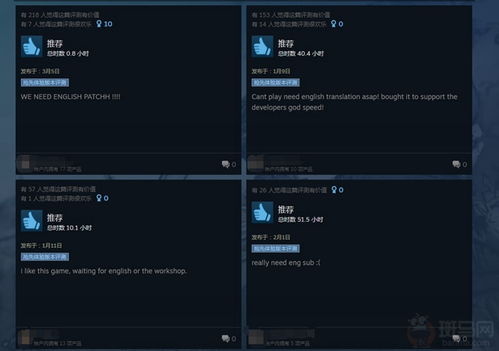Introduction to Game Translation: The Art of Cultural Adaptation

With the global expansion of the gaming industry, the importance of game translation cannot be overstated. It is not just about converting words from one language to another; it is an art form that requires cultural sensitivity, linguistic expertise, and a deep understanding of both the source and target cultures. This article delves into the world of game translation, exploring its challenges, benefits, and the role it plays in bridging cultural gaps.
Understanding the Challenges of Game Translation

Game translation is fraught with challenges that are unique to the medium. Unlike written texts, games are interactive and often rely on visual and auditory cues to convey meaning. Translators must navigate through complex issues such as:
Localizing cultural references and idioms
Preserving the original tone and humor
Adapting gameplay mechanics and user interfaces
Ensuring consistency across all game elements
Benefits of Effective Game Translation

Effective game translation can significantly enhance the player experience. Here are some of the key benefits:
Expanding the player base: By making games accessible to a wider audience, translation can help increase sales and player engagement.
Preserving cultural authenticity: Translators can ensure that cultural elements are accurately represented, allowing players to immerse themselves in the game's world.
Improving player satisfaction: A well-translated game is more enjoyable and less frustrating to play, leading to higher player retention rates.
Best Practices in Game Translation

Here are some best practices that translators and localization teams should follow:
Collaborate with native speakers: Engaging with native speakers can help ensure that cultural nuances are accurately captured.
Understand the target audience: Tailoring the translation to the preferences and expectations of the target audience is crucial for success.
Use professional translation tools: Utilizing translation memory software and glossaries can improve consistency and efficiency.
Test the localized game: Conducting thorough testing ensures that the translation is accurate and that the game functions properly in the target language.
The Role of Cultural Adaptation in Game Translation

Cultural adaptation is a critical aspect of game translation. Translators must consider the following when adapting content:
Language differences: Translating idioms, proverbs, and cultural references that may not have direct equivalents in the target language.
Visual elements: Adapting graphics, animations, and other visual elements to ensure they are culturally appropriate and understandable.
Sounds and music: Translating or adapting sound effects and music to fit the cultural context of the target audience.
Case Study: The Translation of

